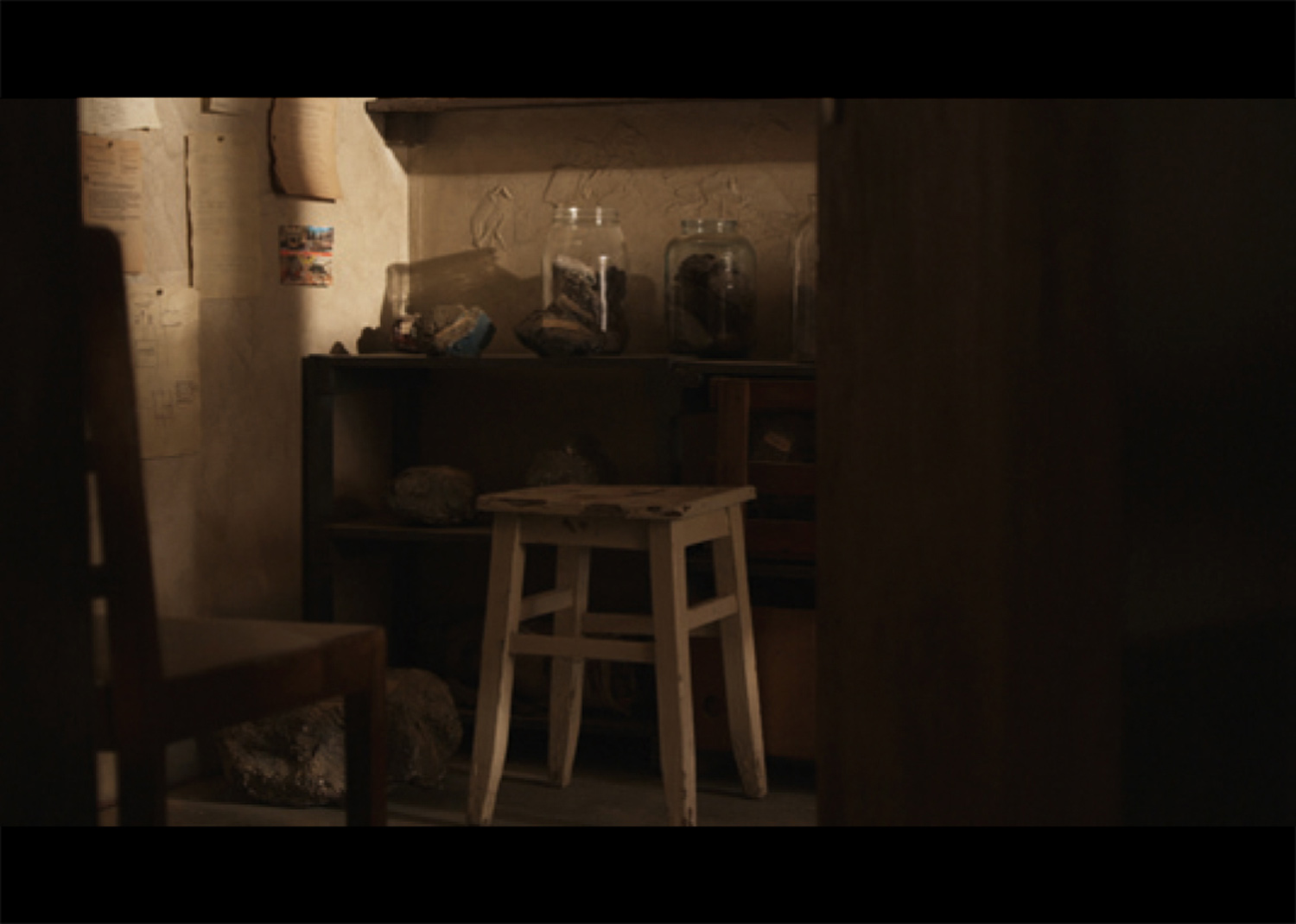BERLIN - Karl Marx Straße
The central piece of the “Unfinished Symphony” is a filmic portrait about the laboratory of the Austrian-American psychiatrist and psychoanalyst Wilhelm Reich (1897-1957).
Tarje Eikanger Gullaksen circumstantially reconstructed William Reich’s laboratory as it might have looked in 1956. This was the year that Reich was accused of being a "quack" and sentenced to destroy all remaining examples of his most controversial invention, the so-called organ accumulator, along with all of his related writings. His son, Peter Reich, later wrote an autobiography on the ordeal, which provided Gullaksen with his main source material.
For Gullaksen, the eradication of the experiment not only represents a turning point in the life of Wilhelm Reich, but also stands for a formative moment in Peter Reich’s childhood — of being torn between the norms of social reality and the unconventional cosmos of his father’s inventions.
In “Unfinished Symphony” Gullaksen's camera cautiously guides the viewer through an investigation of the deserted laboratory, closely focusing in on different objects to create a fragmented view of the entire laboratory. The camera’s slow-motion gives the images a distant and meditative quality that undermines any idea of a subjective view.
"Like the sky and the trees, these dreams were pressed together, but I could only see one at a time; enough to know that some other life ran parallel to this one but it was not here. Two stories ran together and mingled their reality … I realized the two realities were not parallel at all, but were aimed to meet at some point in the future" — Peter Reich.
"The twilight atmosphere in the room underlines an inbetween state and points to a place where time has turned into space. Here thought’s transgressive abilities are frozen within the limits of the real and a melancholy gone astray in time succeeds to appropriate its own object, only to affirm a loss lurking in the shadow of potentiality" — Tarje Eikanger Gullaksen.
